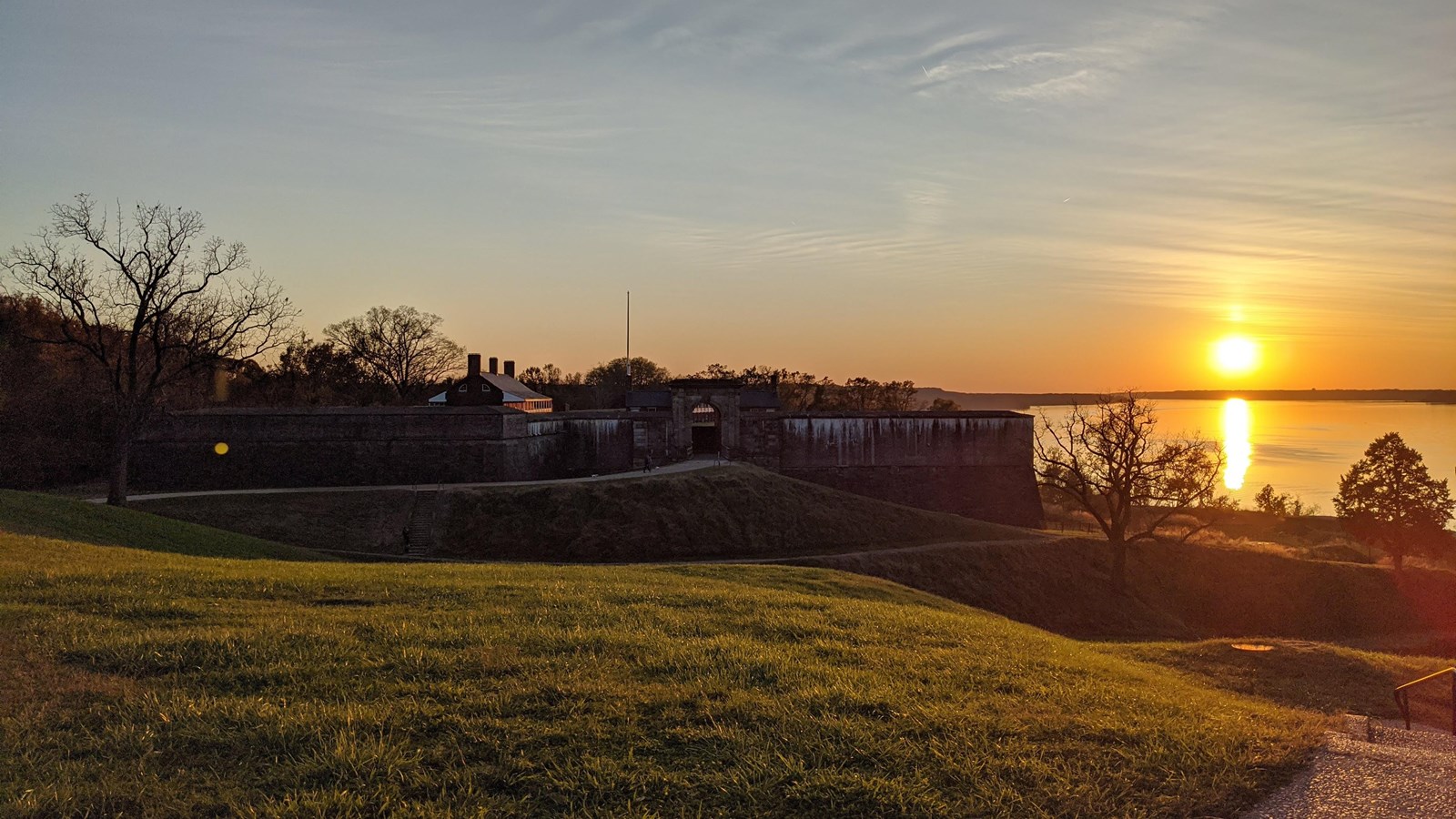Last updated: December 29, 2023
Place
Fort Washington Park

NPS/Cindy LaBarge
Benches/Seating, Gifts/Souvenirs/Books, Historical/Interpretive Information/Exhibits, Information, Parking - Auto, Parking - Bus/RV, Picnic Table, Restroom, Scenic View/Photo Spot, Trailhead, Wheelchair Accessible
Built to defend the river approach to Washington, DC, Fort Washington has stood as silent sentry for over 200 years. As technologies advanced so did Fort Washington, from the brick and stone of the 19th century to the concrete and steel of the 20th century. Joining the National Park Service in 1946, the park continues to protect the Potomac River.
Fort Washington was the only fort protecting the approach to Washington, D.C. at the time of the War of 1812.
When a British invasion fleet entered the Cheseapeake Bay in the Summer of 1814, the American Secretary of War did not believe Washington D.C. a valuable enough target to warrant a British attack, and so he declined to make adequate preparations for the defense of the nation's capital.
Fort Washington was left understaffed and ill-equipped while British troops landed and engaged American defenders at Bladensburg, Maryland. After routing the Americans, British forces entered Washington and burned its public buildings. Fort Washington (sometimes referred to at the time as Fort Warburton), was soon abandoned and destroyed in order to prevent its capture by the enemy.
After the conclusion of the War of 1812, the United States recognized the need for a more thorough and modern coastal defense system, and many new masonry forts were constructed. Fort Washington, recognized as the key position defending Washington D.C., was repaired and updated, and remained an active defensive works until well into the twentieth century.
